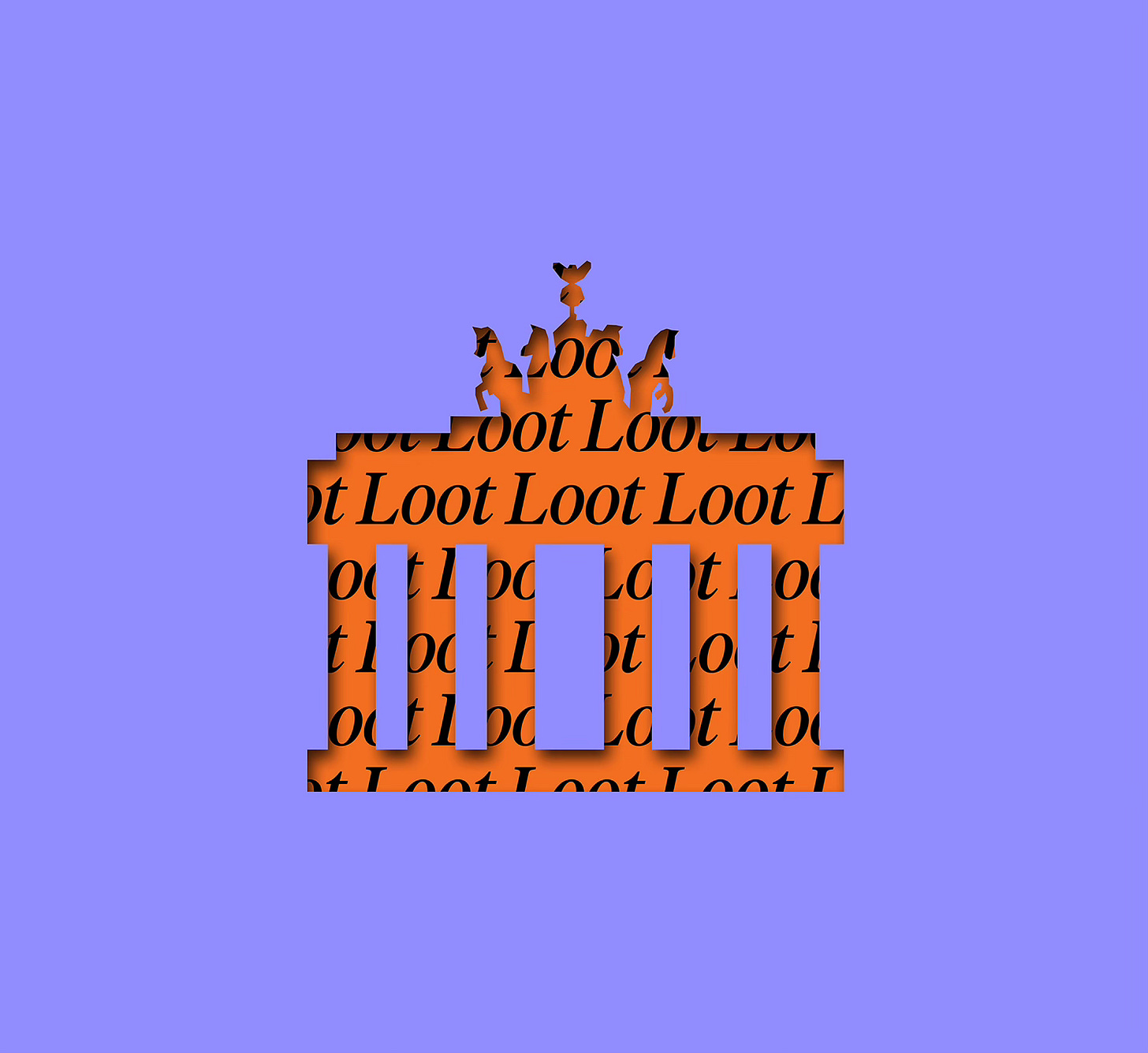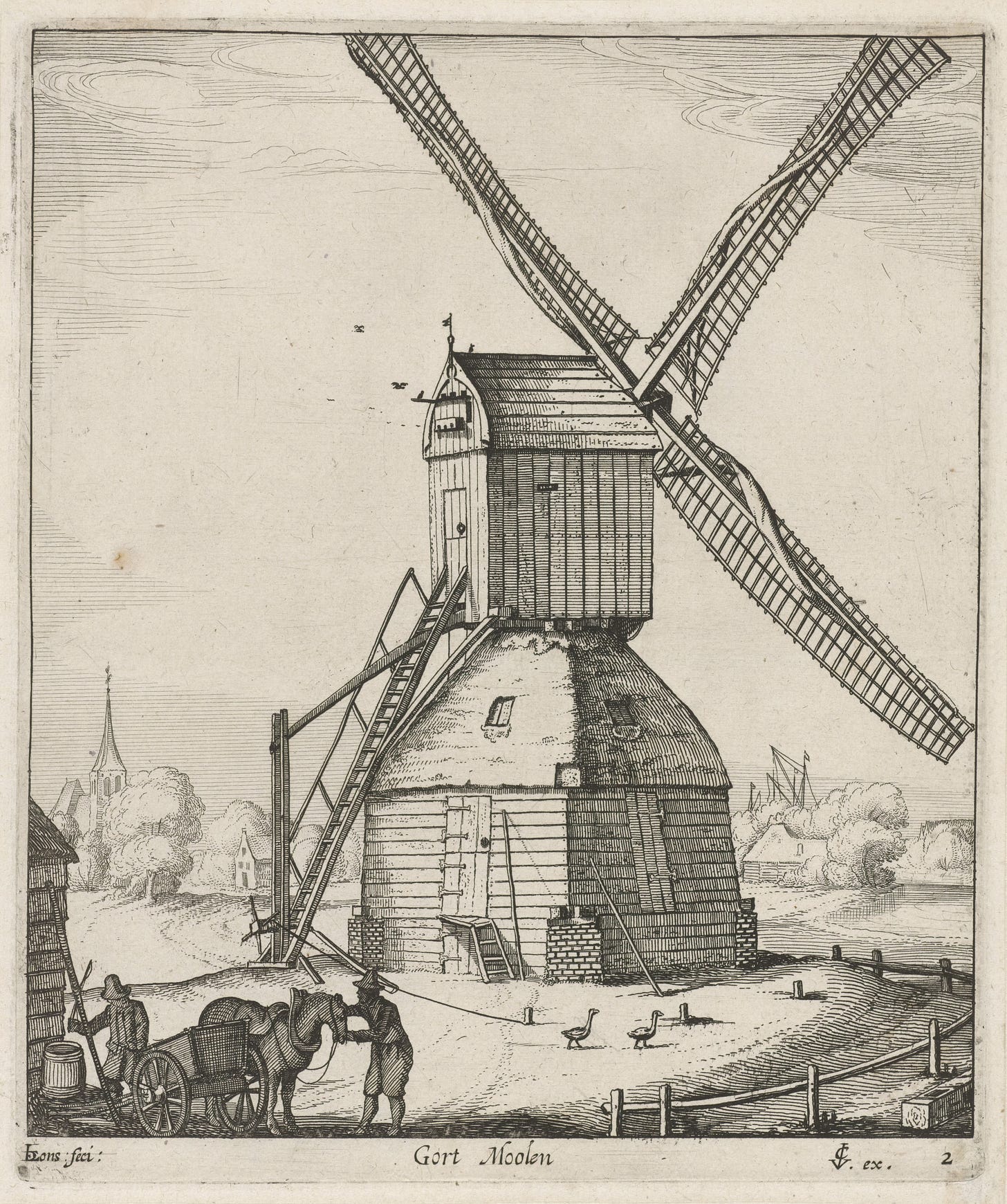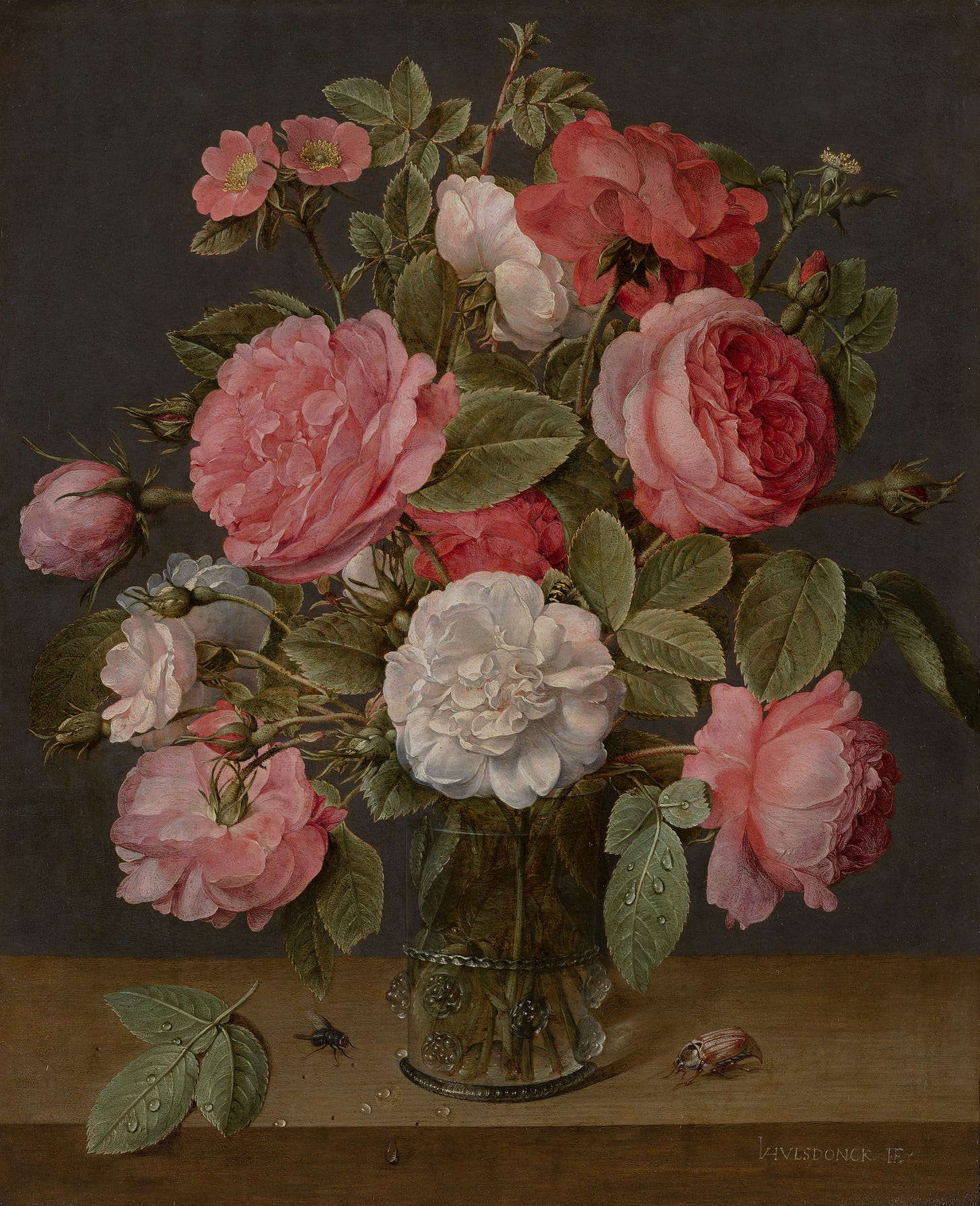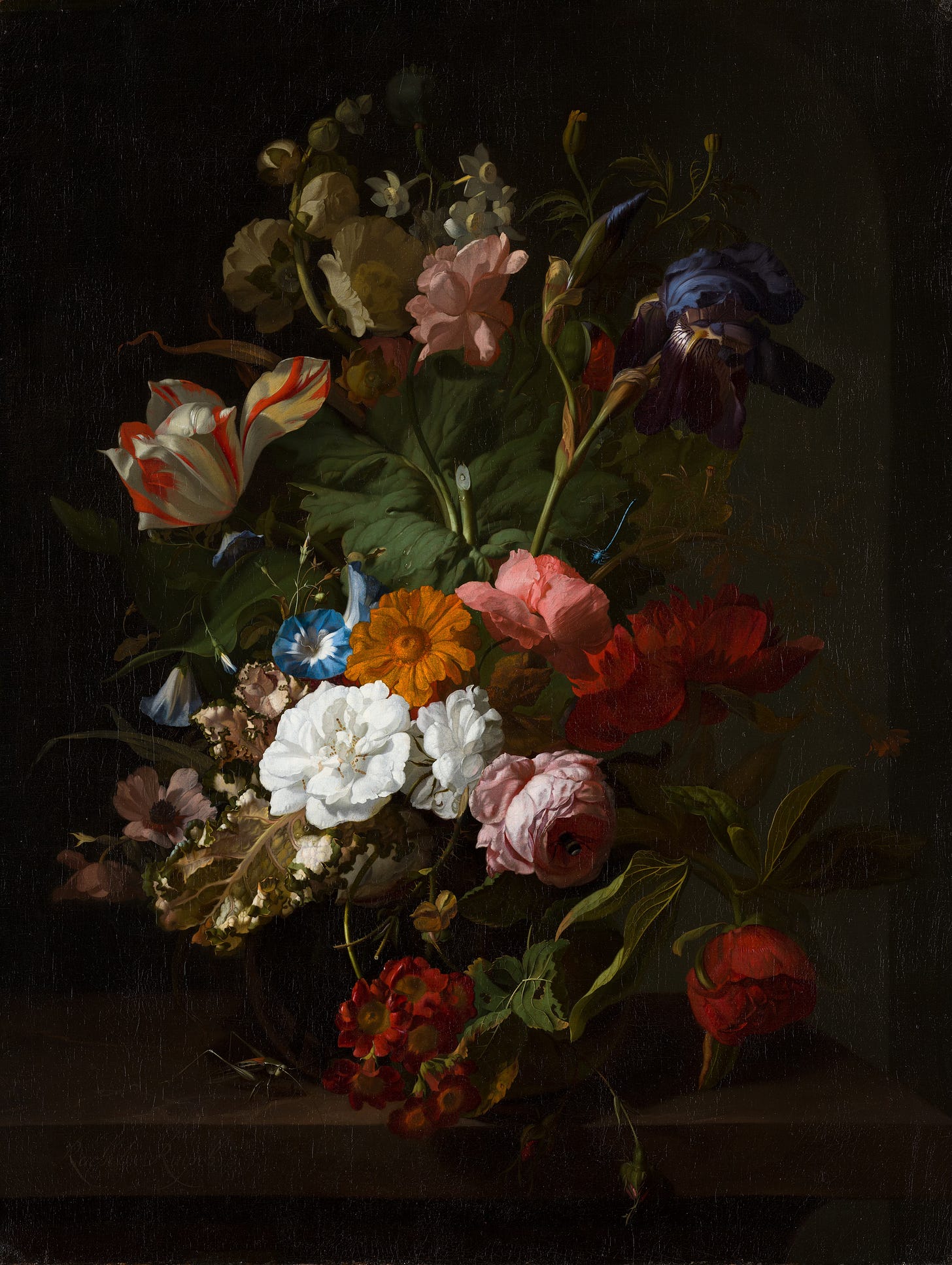I have started working this edition of the Unreliable Newsletter a few times. I have been finding the end of the year more excruciating than usual. I have been feeling uninspired, which is probably why it has been longer than usual between newsletters. My brain just isn’t firing on all cylinders, and I keep hitting a wall of fog. I have finally finished the Bee Sting and wow – so good. It has been so frustrating to only be able to read a relatively small amount at a time and then Monty (yes, I named my migraine) begins his rave in my right eyeball or I am just too dizzy to keep going. But the one thing it has forced me to do is sit and think about the few pages I did read and really absorb it. My next post will most likely be about Paul Murray’s latest work- need to do some more absorbing.
For those of you who are looking for a slow reading group, I would recommend Footnotes and Tangents. Simon is doing a chapter a day for a year of War and Peace. I cannot emphasize enough how brilliant War and Peace - it is complex but very accessible - it is truly a work of genius. I started a reread of War and Peace this past year, but I fell off the wagon with a status migraine - I might try again this year. It is an adventure to read these works in depths with people all over the world and of all ages. Additionally, Simon is also leading a slow reading of Hilary Mantel’s Cromwell Trilogy - which is another work of genius. Both read-a-longs start starts January 1, 2024.
A taste of War and Peace from the Paver & Volokhonsky translation (my favorite)
One step beyond that line, reminiscent of the line separating the living from the dead, and its unknown, suffering, and death. And what is there? who is there? there, beyond this field, and the tree, and the roof lit by the sun? No one knows, and you would like to know; and you’re afraid to cross that line, and would like to cross it; and you know that sooner or later you will have to cross it and find out what is there on the other side of the line, as you will inevitably find out what is there on the other side of death. And you’re strong, healthy, cheerful, and exited, and surrounded by the people just as strong and excitedly animated (143).
Bilibin liked conversation, just as he liked work, only when the conversation could be elegantly witty. In society he constantly waited for the opportunity to say something remarkable and entered into conversation not otherwise than on that condition. Bilibin’s conversation was constantly sprinkled with wittily original and well-turned phrases of general interest. These phrases were manufactured in Bilibin’s inner laboratory, as if intentionally of a portable nature, so that society nonentities could readily remember them and pass them on from drawing room to drawing room. And indeed, les mots de Bilibine se colportaient dans le salons de Vienne, as they say, and often had an influence on so-called important affairs.
His thin, drawn, yellowish face was all covered with deep wrinkles, which always looked as neatly and thoroughly washed as one’s fingertips after a bath. The movements of these wrinkles constituted the main play of his physiognomy. Now his forehead would wrinkle into folds as his eyebrows rose, then his eyebrows would descend and deep wrinkles would form on his cheeks. His small, deep-set eyes always looked out directly and merrily (154).
Maybe I will share some Mantel snippets next time.
If you are looking for something delightful to watch, I highly recommend Staged with David Tenant and Michael Sheen. It is a scripted show that was done during the lockdown phase of the pandemic through Zoom, and it is so entertaining. There are a few very surprising cameos. The first two seasons are on Kanopy. I recommend reading the synopsis of “Six Characters in search of an Author” – which is the play they are preparing for.
In my exploration of museums, I did a bit of a deep dive into the Mauritshuis in The Hague, I discovered that a current exhibition is “Loot – 10 Stories” – which looks fascinating. The idea behind the exhibition is the complex challenges many museums face around stolen art. The exhibition is done through virtual reality around six objects. How cool is that?!? The exhibit focuses on art stolen from within Europe, Africa, and Asia. Through wars, genocides, colonialism, and slavery. The Mauritshuis’ history is tied up in looted art, it was started by a colonialist and slave trader who had brought back objects stolen during his travels. The museum was also involved with stolen work during both the Napoleonic Wars and WWII – mostly work stolen from them by the invading armies. I have been to this museum a couple of times, and it is gorgeous and well curated. I saw an exhibition about still lifes of food in the Netherlands during the 17th century – it was surprisingly engrossing, and I got to go with one of my favorite people who happens to live in a windmill, wears clogs, and grows tulips (actually her garden is far more practical).
I know it is Fall, which is my favorite season, even though it gets so dark so early here. I have been looking at floral works of art – I guess I am probably always looking at pictures of flowers – they do make me very happy. AND please like and share to anyone who might be remotely interested.











I love the flowers - the way the artist uses light is magical.
So interesting, as always. And I learn so much. Love the floral artwork. Please keep writing!!!